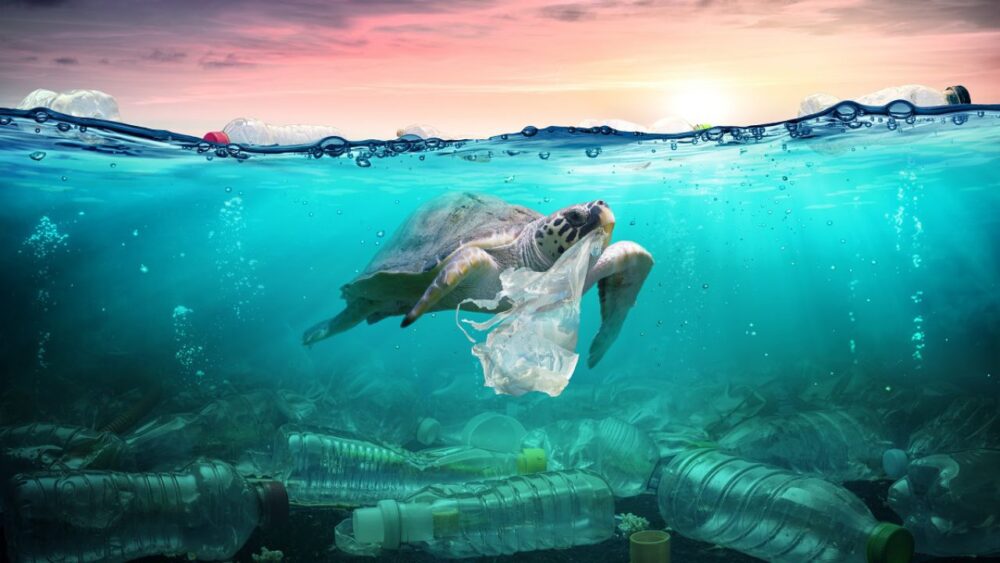Il Report beach waste 2025 Van Legambiente launches a new one in the arms on coastal pollution in Italy. Which and how much waste is on our beaches?
A sea of waste: the number of beach waste is clear
Every 100 meter beach we find on average 892 abandoned waste. This is the shocking figure that cameIn the day -to -day beach waste 2025 Led by Legambiente, who monitored sixty -three beaches in thirteen regions this year, investigated a total of almost 200 thousand square meters of beaches.
A total of 56.168 waste was collected and the image that emerges is far from reassuring: the situation compared to 2024 has deteriorated, both in quantity and per type found.
More than 40% waste is plastic
Plastic remains the most important material found and represents almost 80% of the total waste. Despite the European regulations that prohibit their use in certain areas, many disposable plastic objects continue to leave on our beaches.
One of the most common: bottles, caps, cotton buds, dishes and plastic fragments of different sizes. In particular the prohibition of products from Direttiva Sup (Plastics Single Use) They still represent more than 40% of the controlled waste.
Beach waste: the ranking of the most common waste
Only 10 types of waste represent 61% of the total collected materials. Among these are the most common:
- Plastic fragments (13%)
- Cigarette butts (7.5%)
- Caps and lids (8.2%)
- Cotton Fioc (5.6%)
- Pieces of polystyrene (6.9%)
- Wet wipes, building materials and plastic bags
It influences the fact that, despite being ignored small and often, cigarette butts are among the most present waste: an average of 7 every 10 meter beach. Yet few responsible gestures would be sufficient to prevent dispersion.
Clean coastal index: Always dirty beaches
For the second consecutive year, the study used the Clean Coast Index (CCI)A parameter that is recognized internationally to measure cleaning of the beaches. The result is worrying: almost 30% of Italian beaches are classified as “dirty” O “Very dirty”against 6.6% of 2024. At the same time, the beaches “Very clean” They last from 42% to 27%. A clear sign that pollution is growing fast and systemically.
The marine nest, ie the waste that is present at sea and along the coasts is a threat to the ecosystem, the marine fauna and also for our human beings. The good news? We can still change things.
This battle is not alone from LegambientBut of each of us. Each gesture is important: avoid disposable plastic, collect waste on the beach, note where we throw buttons or wipes, the people around us sensitive.

